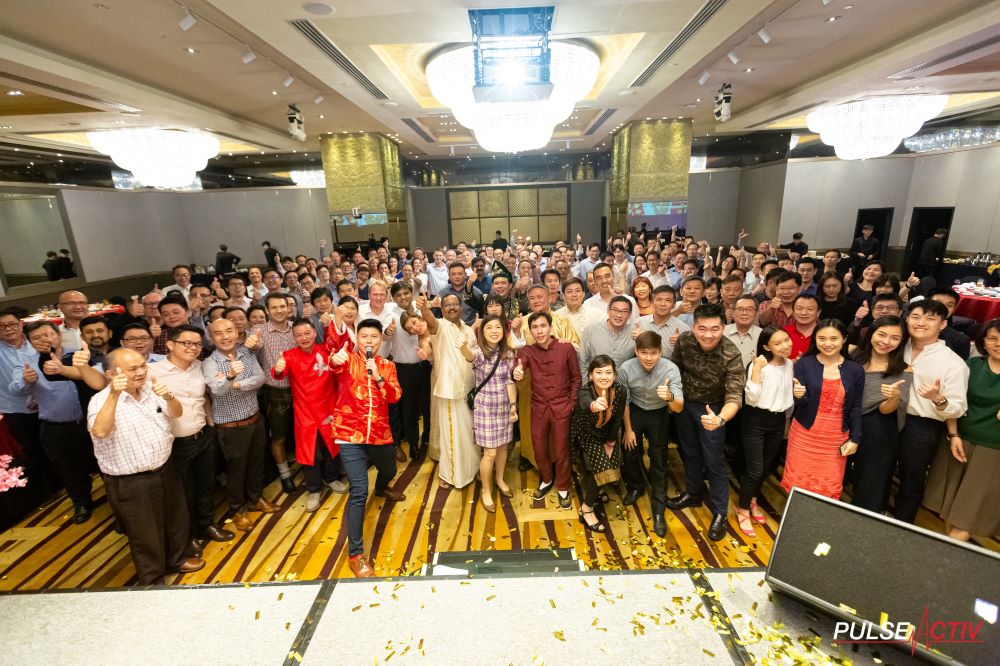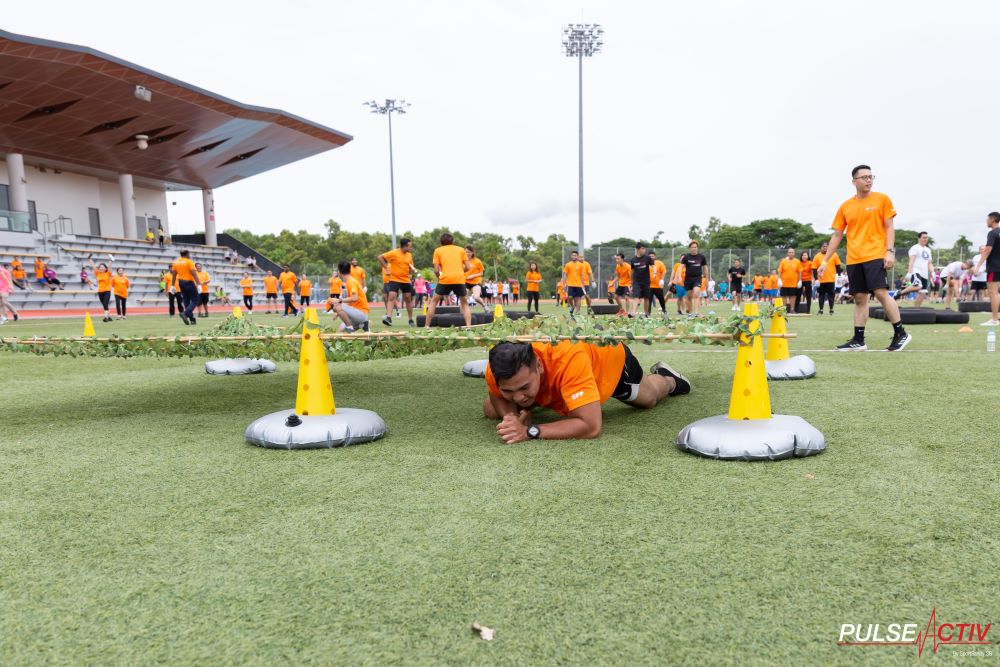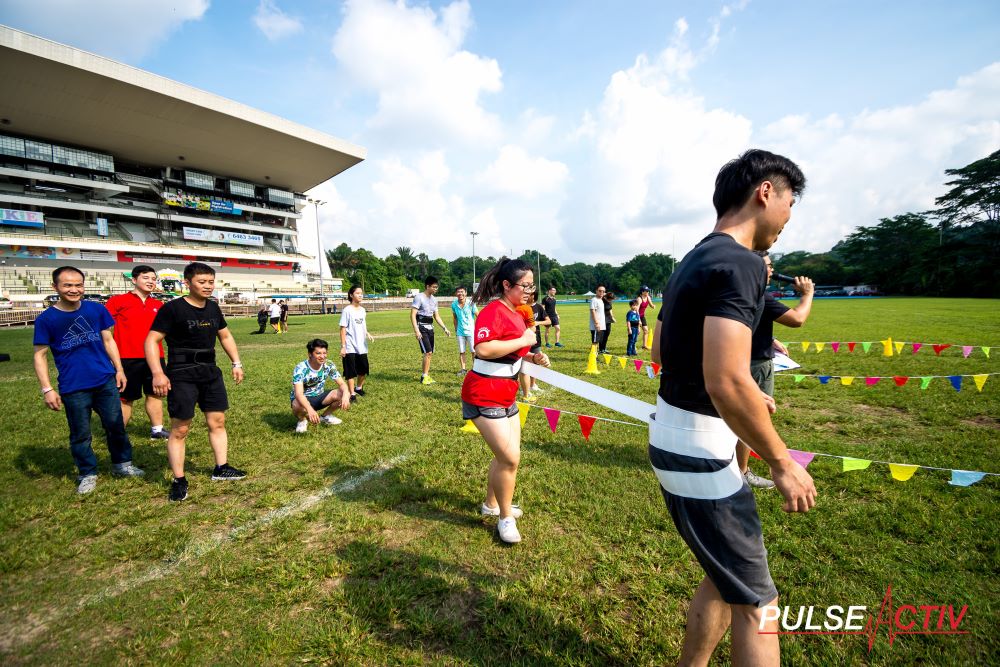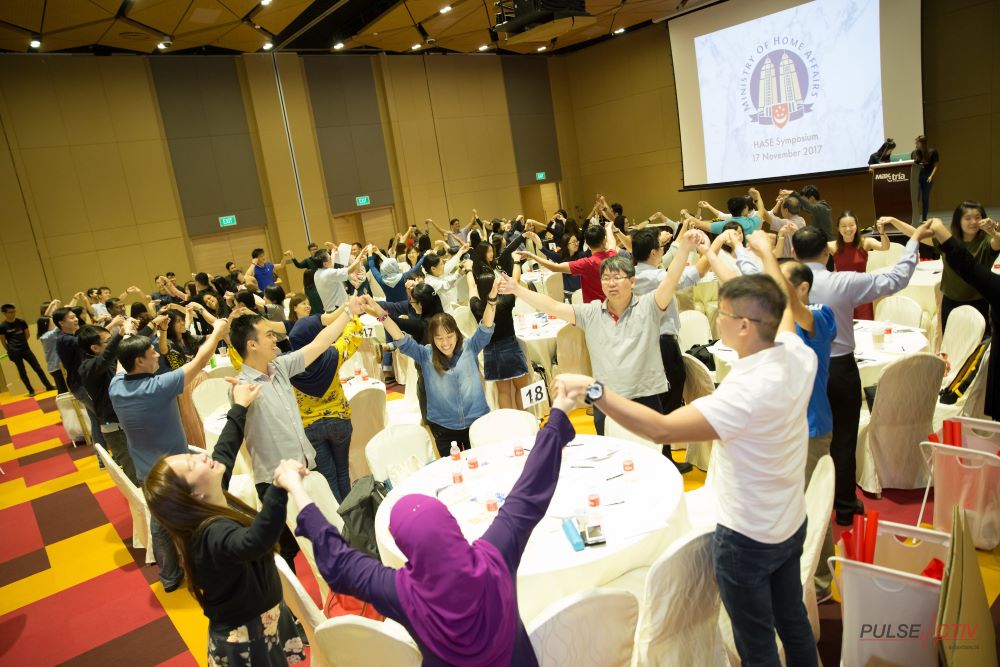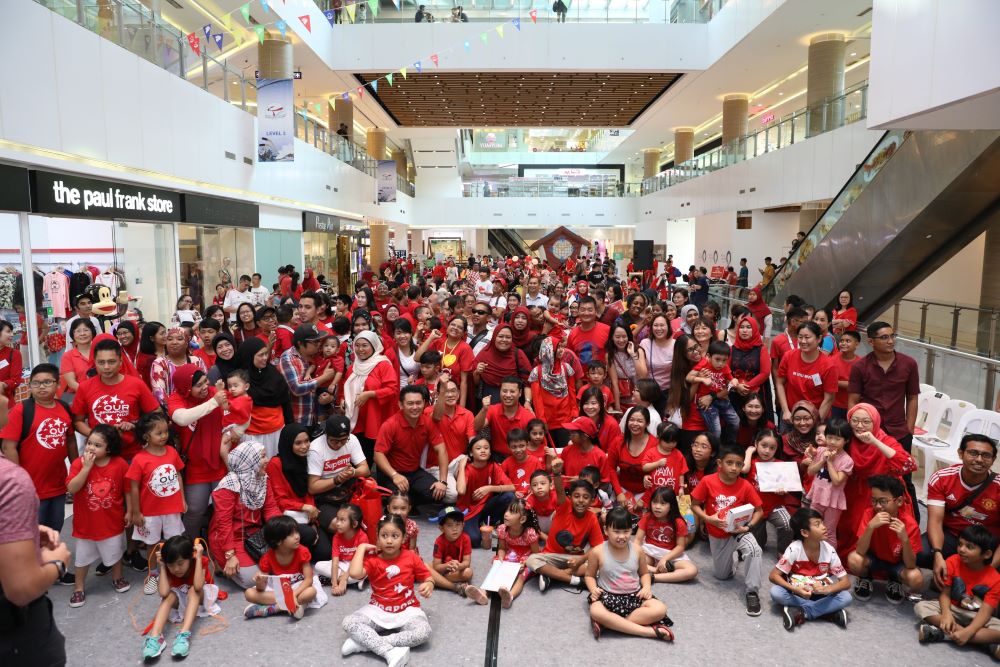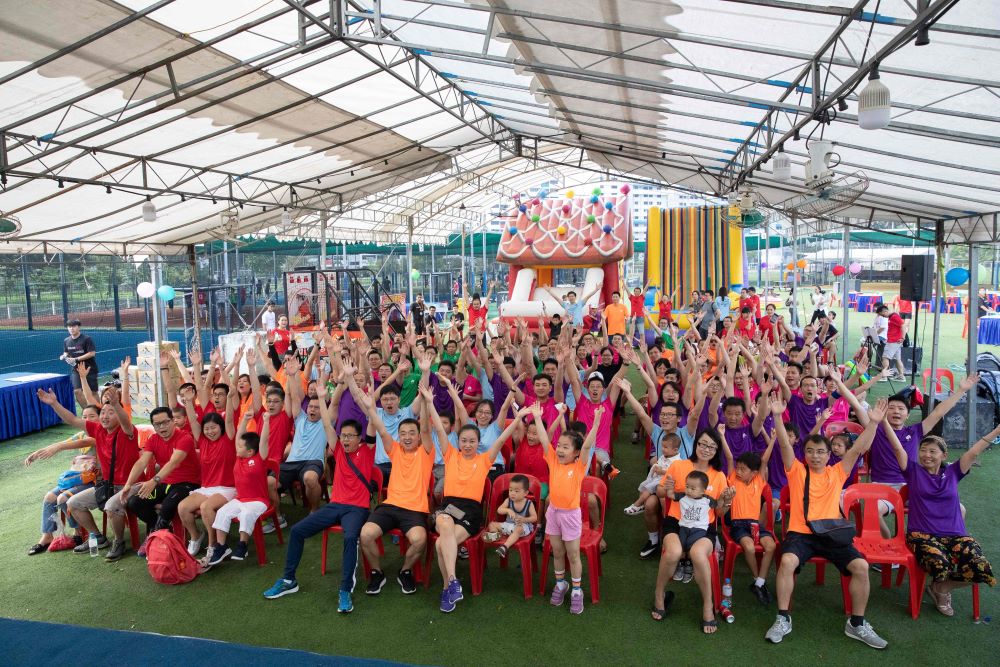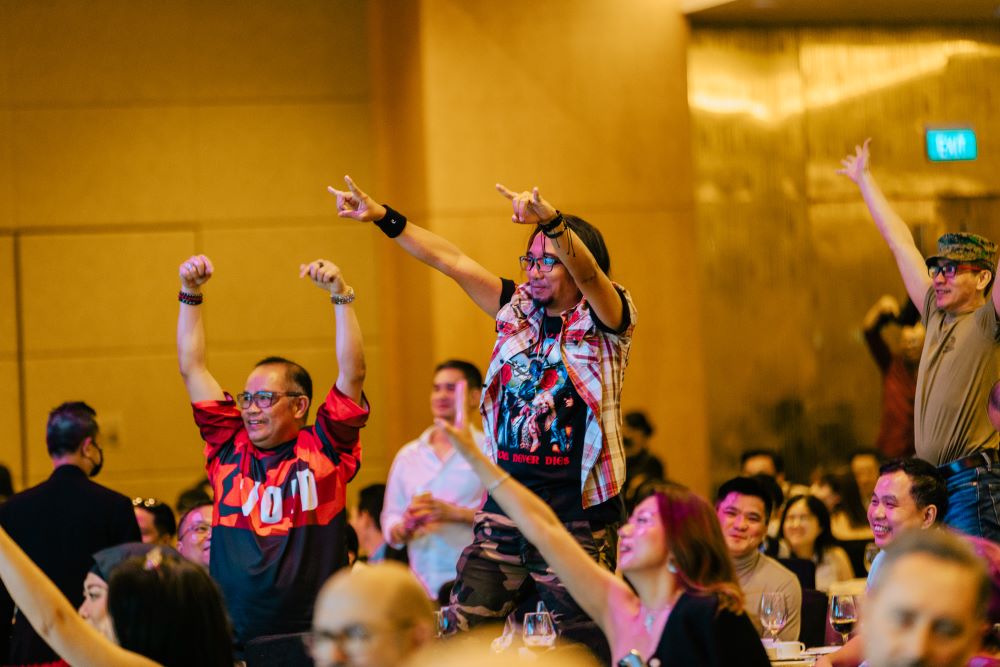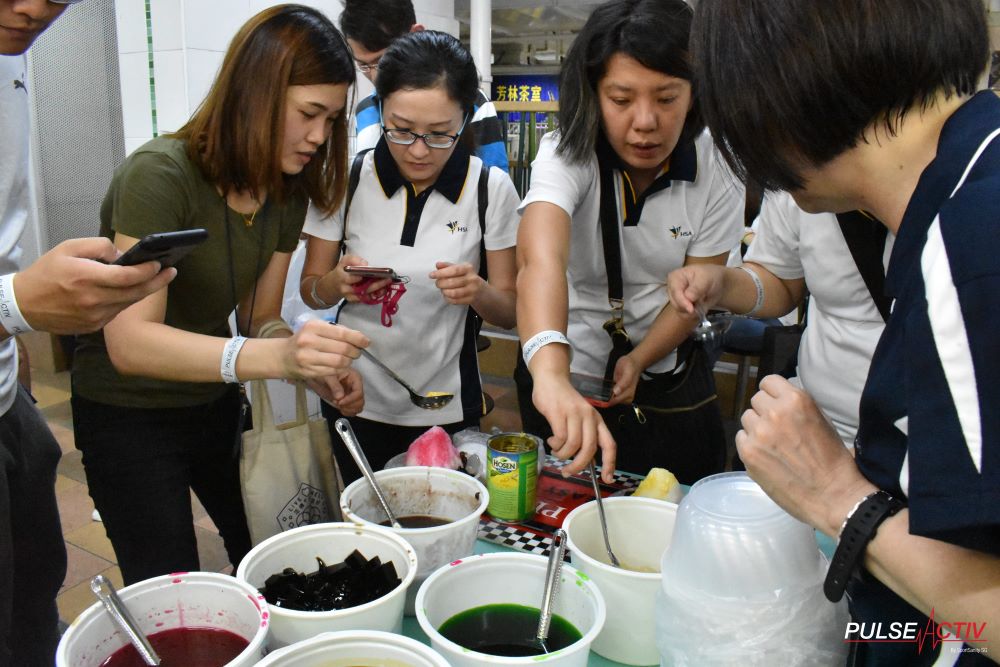Inclusive Event Planning: Strategies for Diverse Workplaces
In today’s globalized and increasingly diverse workplace, creating inclusive corporate events is not just a trend but a necessity. Planning events that cater to a wide range of backgrounds, abilities, and preferences helps ensure that all employees feel valued and included. This approach not only promotes a sense of belonging but also aligns with broader organizational goals of diversity, equity, and inclusion (DEI). In this article, we will explore strategies for designing events that accommodate a diverse workforce, with specific tips on addressing cultural, dietary, and accessibility needs.
1. Understanding the Importance of Inclusive Event Planning
Inclusive event planning goes beyond merely avoiding exclusion; it actively seeks to involve and celebrate the diversity within your workforce. When events are designed with inclusivity in mind, they foster an environment where every employee feels welcome, respected, and valued. This can lead to higher levels of engagement, satisfaction, and productivity.
Moreover, inclusive events can enhance your organization’s reputation as a leader in DEI, attracting top talent from various backgrounds and contributing to a positive company culture.
2. Designing Culturally Sensitive Events
Cultural diversity is a hallmark of modern workplaces, and event planners must be mindful of the various cultural backgrounds represented in their workforce. Here are some key strategies for ensuring cultural sensitivity:
- Research and Acknowledge Cultural Holidays: Before scheduling an event, check the cultural and religious holidays observed by your employees. Avoid planning events on significant dates for certain groups, or consider hosting alternative celebrations that recognize multiple cultures.
- Incorporate Diverse Traditions: Include elements from different cultures in the event’s theme, activities, or entertainment. For example, if you’re hosting a year-end party, consider celebrating various cultural New Year traditions or including a multicultural food fair.
- Language Considerations: If your workforce includes non-native speakers, provide translations or interpretations during the event. This can include multilingual signage, translation apps, or hiring interpreters for key parts of the event.
3. Addressing Dietary Needs
Dietary preferences and restrictions are another critical aspect of inclusive event planning. Employees may have specific dietary needs based on religious practices, health conditions, or personal choices. To accommodate these needs:
- Offer a Variety of Food Options: Ensure that your event menu includes options for various dietary requirements, such as vegetarian, vegan, gluten-free, halal, kosher, and allergy-friendly dishes. Label all food clearly so attendees can make informed choices.
- Consult with Attendees in Advance: When sending out invitations, include a section where attendees can specify their dietary restrictions. This allows you to plan a menu that caters to everyone’s needs and avoids last-minute issues.
- Work with Caterers Knowledgeable in Diverse Diets: Partner with caterers experienced in preparing a wide range of cuisines and dietary options. They can help you create a menu that is both delicious and inclusive.
4. Ensuring Accessibility for All Attendees
Accessibility is a cornerstone of inclusive event planning. To make sure that your event is accessible to everyone, regardless of their physical or cognitive abilities, consider the following:
- Venue Selection: Choose a venue that complies with accessibility standards, including ramps, elevators, accessible restrooms, and seating arrangements that accommodate wheelchairs. Ensure that the venue is easy to navigate for individuals with mobility challenges.
- Accessible Communication: Provide materials in multiple formats, such as large print, braille, or digital versions that can be read by screen readers. If your event includes presentations, ensure that audio-visual materials are captioned, and consider hiring sign language interpreters.
- Assistive Technology: Incorporate assistive technologies like hearing loops or portable FM systems for attendees with hearing impairments. Ensure that event apps and websites are accessible to users with disabilities, following guidelines such as the Web Content Accessibility Guidelines (WCAG).
5. Creating an Inclusive Event Agenda
The structure and content of your event agenda should also reflect inclusivity. Here’s how you can achieve this:
- Diverse Speakers and Presenters: Invite speakers and presenters from various backgrounds to ensure a range of perspectives and experiences are represented. This diversity not only enriches the content but also resonates with a broader audience.
- Flexible Scheduling: Build in breaks and downtime to accommodate attendees who may need rest or time for personal practices, such as prayer or medication. Offer alternative ways to participate for those who cannot attend certain sessions due to cultural or religious reasons.
- Interactive and Inclusive Activities: Plan activities that are inclusive and considerate of varying abilities and comfort levels. For example, instead of competitive physical challenges, consider team-building activities that emphasize collaboration and creativity, and ensure that everyone can participate fully.
6. Gathering and Implementing Feedback
Inclusivity is an ongoing process, and there is always room for improvement. After the event, gather feedback from attendees to understand what worked well and where there were gaps. Use this feedback to make your future events even more inclusive. Consider these methods:
- Post-Event Surveys: Include questions specifically about inclusivity, such as whether attendees felt their cultural, dietary, and accessibility needs were met. Allow for anonymous responses to encourage honest feedback.
- Focus Groups: Organize small focus groups with diverse participants to discuss their event experiences in more detail. This can provide deeper insights into areas where your event planning can evolve.
- Continuous Learning: Stay informed about best practices in inclusive event planning by attending DEI workshops, following relevant publications, and networking with other professionals committed to inclusivity.
7. Promoting Inclusivity Beyond the Event
Inclusive event planning should be part of a broader organizational commitment to diversity and inclusion. Ensure that the lessons learned and practices adopted for events are reflected in the company’s overall culture. This can involve:
- Training and Development: Offer regular training for employees on cultural sensitivity, accessibility, and inclusive practices. This will help embed inclusivity into every aspect of your organization, not just events.
- Inclusive Policies: Review and update company policies to support inclusivity, such as offering flexible working arrangements for religious observances or providing resources for employees with disabilities.
- Leadership Commitment: Ensure that company leaders champion inclusivity, setting the tone for the entire organization and demonstrating that inclusivity is a priority.
Conclusion
Inclusive event planning is essential for creating a workplace culture where every employee feels valued and included. By considering cultural, dietary, and accessibility needs, HR professionals can design events that resonate with a diverse workforce and reflect the organization’s commitment to diversity, equity, and inclusion. As you plan your next corporate event, use the strategies outlined in this article to ensure that it is not only successful but also inclusive for all participants.
To head back to read another article in our blog, click here.
